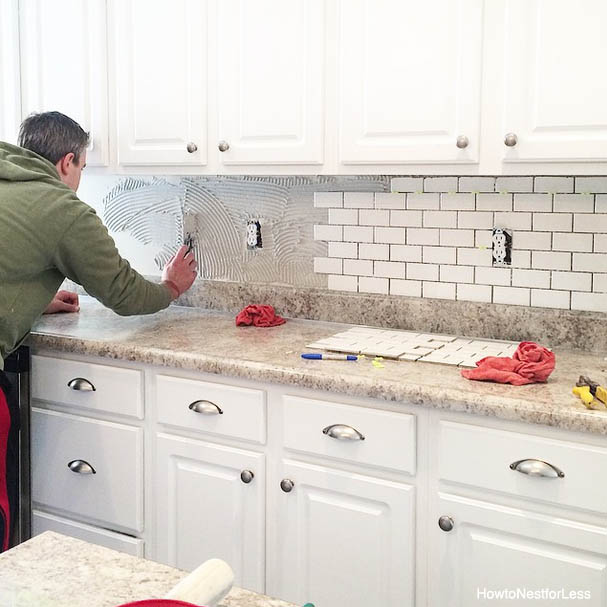Small Steps Towards Going Green!

We know all about using solar energy or doing a net-zero house overhaul in order to help create a greener world. While they’re great for the environment, they’re not so easy on the wallet. What can we do that can start us on the path of going green and do it without needing a loan shark? Look through the following ideas, choose a few, and start making a difference!
-
- Plant native plants in your landscape! Because they are adapted to your climate, you won’t be watering them as much, and many are naturally pest resistant. Native landscaping will also encourage wildlife to visit!
-
- Speaking of plants, a “living wall” can cut down on cooling costs in Summer, while helping insulate the colder side of the house in Winter. Even a wall of ivy can make a difference. Learn more about vertical gardens from FresHome.
-
- Refurbishing or remodeling a room? Add color with low-VOC paints, or use natural wood stains and sealers. Check out local thrift stores or Habitat for Humanity ReStores for pre-owned light fixtures and many other items. Reclaimed wood can be used for flooring or furniture projects, too.
-
- You don’t have to start biking to work in order to cut back on emissions or save money. Keep your vehicle serviced, and make sure you inflate your tires to the correct pressure. Making body modifications on your vehicle, such as removing that rarely used luggage rack, are other ways you can save gas.
-
- In the kitchen, using a large toaster oven instead of your oven can save energy as well as keeping cooler in the Summer months. Slow cookers and pressure cookers are other appliances that conserve. Other energy-saving cooking tips can be found at energy.gov.
-
- According to the WaterHeaterHub website, you can save as much as 25% on the energy used to keep your water hot by installing a timer. If your conventional water heater is past its prime, switching over to a tankless or solar water heater may be your best option.
Going eco-friendly doesn’t need to break the bank. Besides those ideas listed above, changing over to LED lightbulbs, making a conscious effort to take shorter showers or composting food waste are all inexpensive baby steps towards your goal. Start now and see the benefits later!
Courtesy of New Castle County DE Realtors Tucker Robbins and Carol Arnott Robbins.
Photo credit: thelincolnian.net














